Choosing the Right Ski
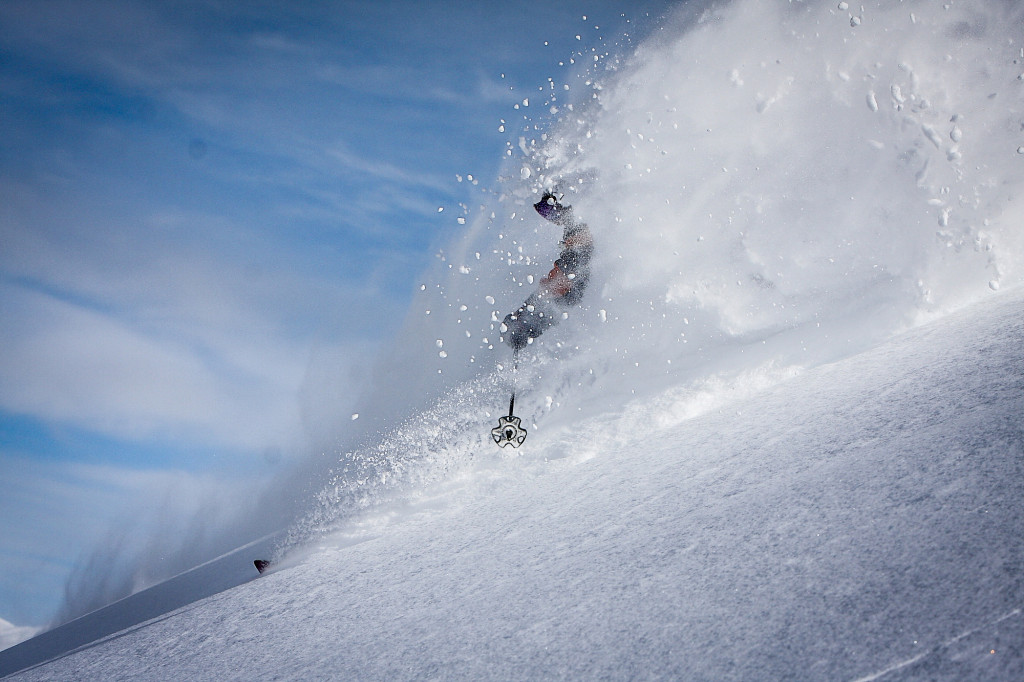
Photo – Willi Kunz
It’s tough buying skis these days. There’s just too much choice; skinny, fat, super fat, reverse camber, traditional camber, big mountain, all mountain, park, race, jib…it’s getting crazy. Plus there are more manufacturers now than ever, from the big companies to the dozens of small, independent ski fabricators cropping up all over the world. But choosing a ski begins not with who makes it, but with what shape and size you want it to be. Once you have an idea of that, then you go shopping for who makes what you want. This is true whether you want one or ten pairs in your quiver.
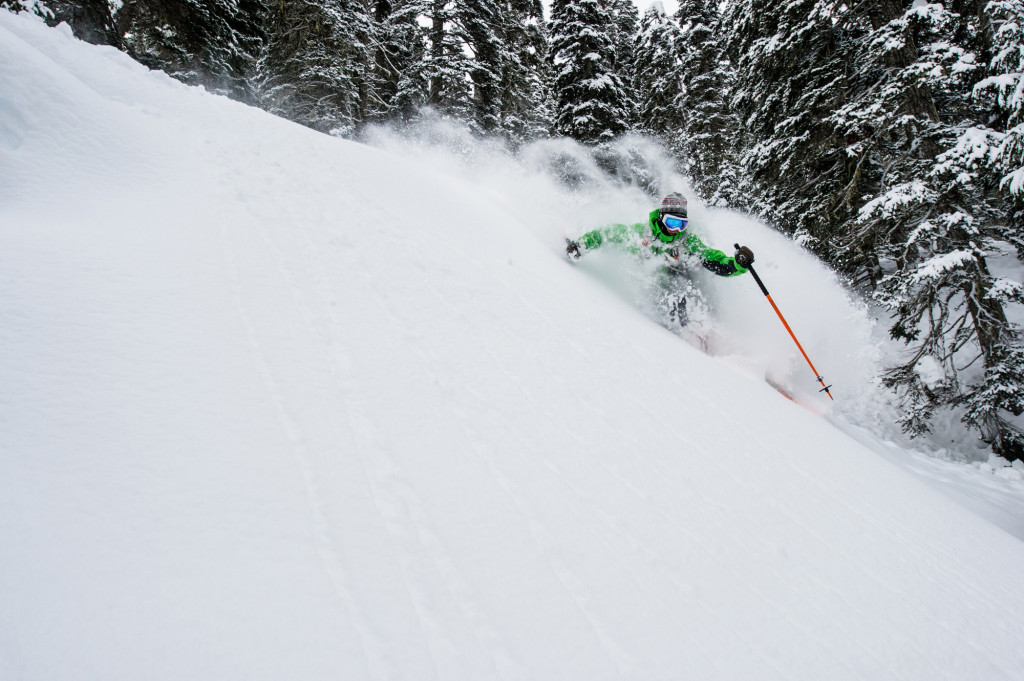
Photo – Reuben Krabbe
Skis come in a variety of shapes and sizes. In terms of length, the basic rule is the longer the ski, the more work it requires to turn it. So a shorter ski will be snappier, more maneuverable, and easier to turn. At higher speeds, though, a shorter ski will be less stable than a longer one. But in our modern world, how long a ski feels is also affected its shape. A traditional camber means it is slightly curved at both ends towards the snow. Think of a race ski and you’ll know what I mean. A rockered or reverse camber ski is curved up at the tips and tail. Then there are variations between these (see below). So you might have one ski that’s 185cm with a traditional camber and another ski with a rockered tip and tail that is also 185cm and both skis (providing they are the same width) will ride much differently. This is because the effective edge, or the proportion of edge that touches the snow in a turn is greater on a traditionally cambered ski than on a rockered one. This means that the ski with reverse camber will feel shorter than a ski with traditional camber. With me so far?
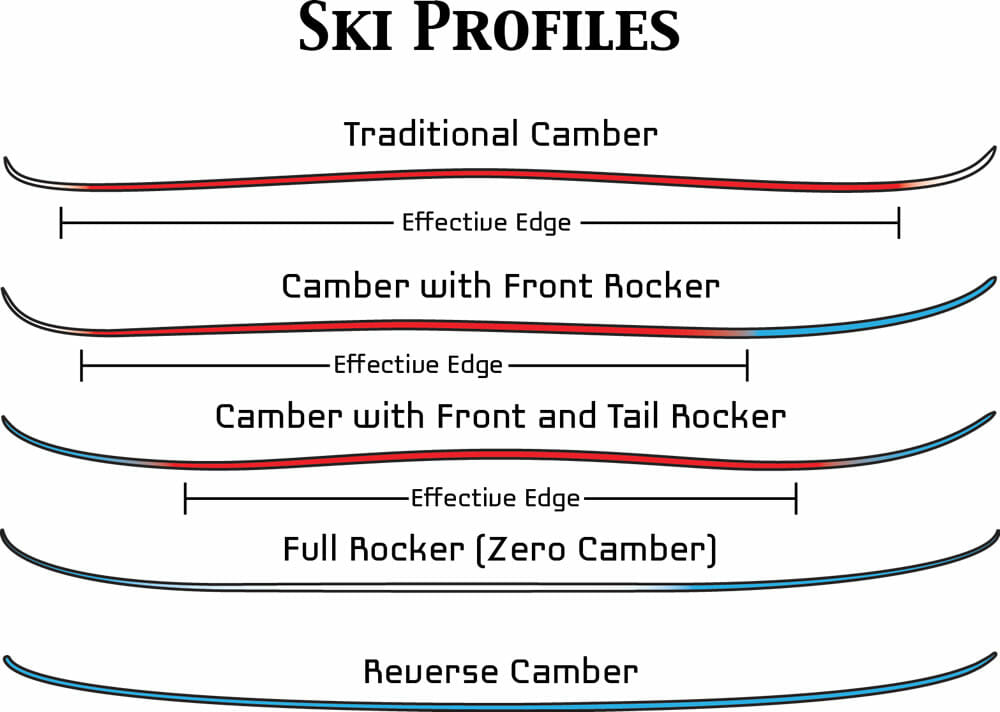
Let’s talk about width. In deep snow, just about every ski is fun. Whether you are on a giant 142mm underfoot or an old school race ski that’s 63mm underfoot, deep snow never lets you down. The only difference is how much work it requires. In the modern ski world, fat skis have become the norm for people. Why? Because in powder snow, they float better, which makes them easier to turn. On wider planks, your weight is distributed over a greater surface area, effectively making you lighter on the snow. This is why a really fat ski will float in powder. The problem with going too fat lies in the turns. In deep snow, it’s great, but in any snow that has resistance, like groomers, crud, moguls, curst, windblown powder, they’re terrible. In these conditions, not only is the ski unstable, when you enter into a turn in anything but powder, there is greater torque on your knees, ankles and hips. So what’s the right width?
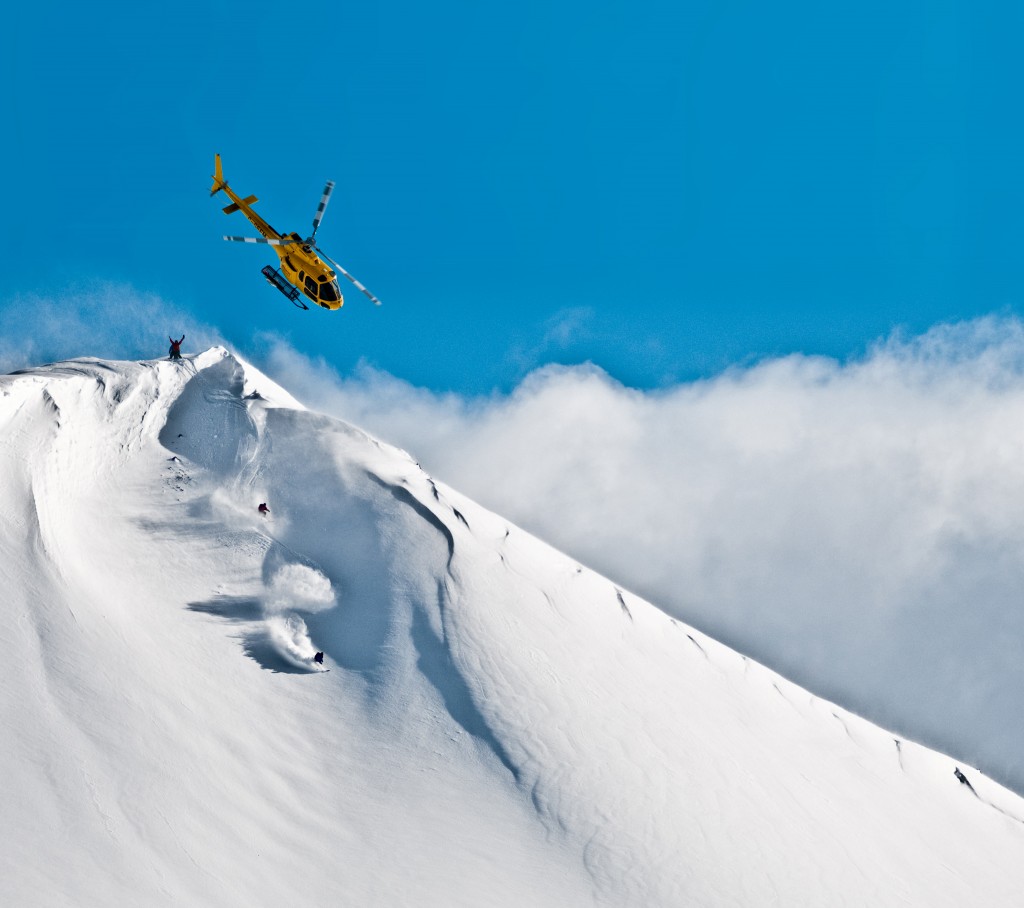
Photo – Dave Silver
I am lucky enough to ski for a living, and over the last few years I have tried just about every shape and length imaginable in every type of snow and weather and I’ve come to a couple of conclusions. If you’re looking for one ski to do everything, stay away from going too wide. Anything over 112mm is nonsense if that’s your only pair. For the skier with just one set, I’ve found the sweet spot to be somewhere between 100 and 108mm underfoot. Add in a little bit of rocker in the tip and you have a great one quiver ski. At those dimensions, it will excel in every type of terrain, from deep snow to hard pack.
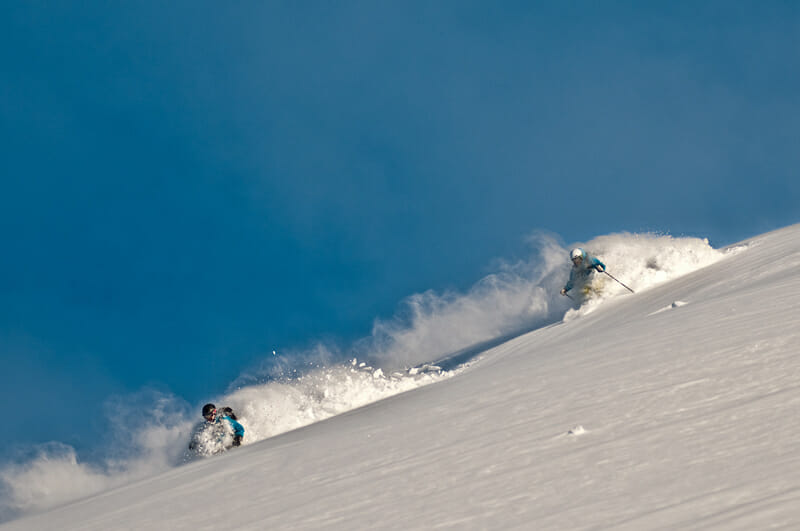
Photo – Dave Silver
If you’re someone who wants a bit of quiver, then you have a few more choices. For myself, I have two different skis. I have an all-around, do everything ski and I have a ski for powder days. My all around work ski has some rocker in the tip and is 95mm underfoot with a nice wide shovel. It’s light and nimble and good in everything. I’m 5’11” and I ski on a 184cm length. This ski is fantastic on groomers, hardpack, moguls, crud, basically everything except ultra deep snow. But even in powder, it’s fine, just a little more work. For big, deep days, I have a bigger ski that is 188cm long and runs at 118mm underfoot. It’s stiff, has a moderate rocker throughout and is a big mountain shredder.
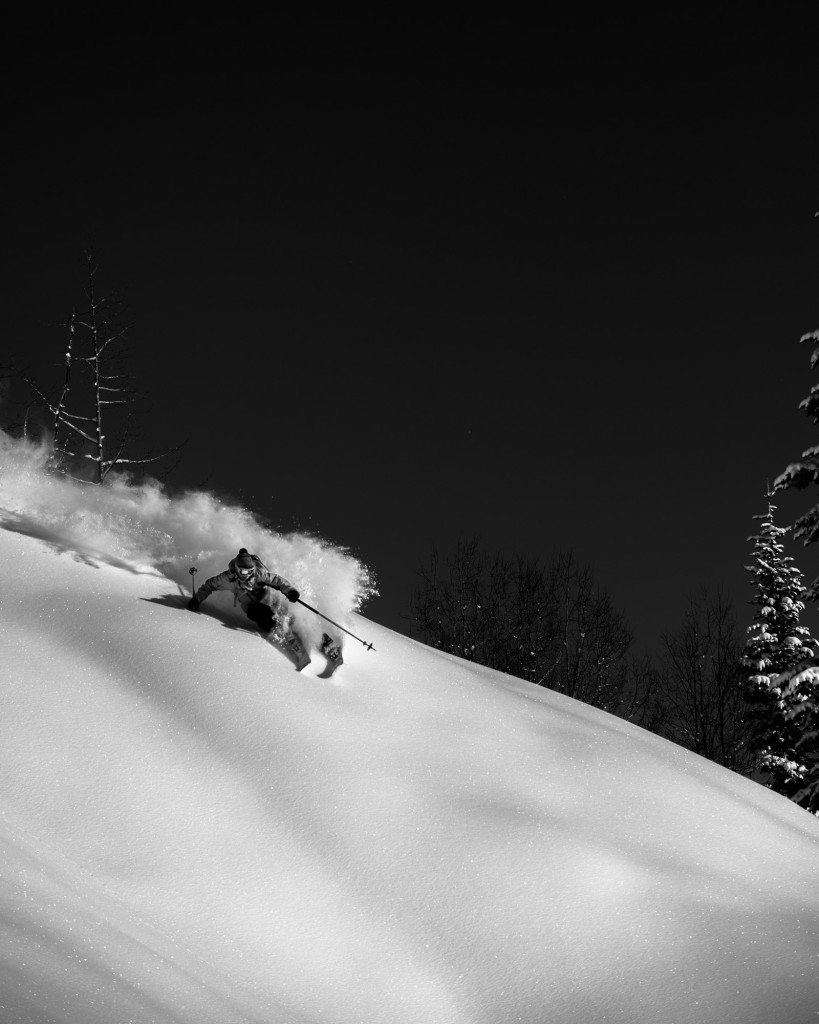
Photo – Reuben Krabbe
Notice how I have’t gone too wide? If all you are doing is heliskiing at Last Frontier, then maybe you could stretch that to something fatter, but how many of us, save heliski guides, ski from a helicopter everyday? On the hill there are cat tracks, crud, ice and variable snow, even if it’s blower snow up high. For all that variable terrain, a ski that is over 120mm underfoot is just too wide for me and doesn’t offer much confidence on anything but the fluffiest, deepest pow. Not to mention the fact that at high speeds on anything but a groomer, super fat skis are incredibly unstable and difficult to put on edge.
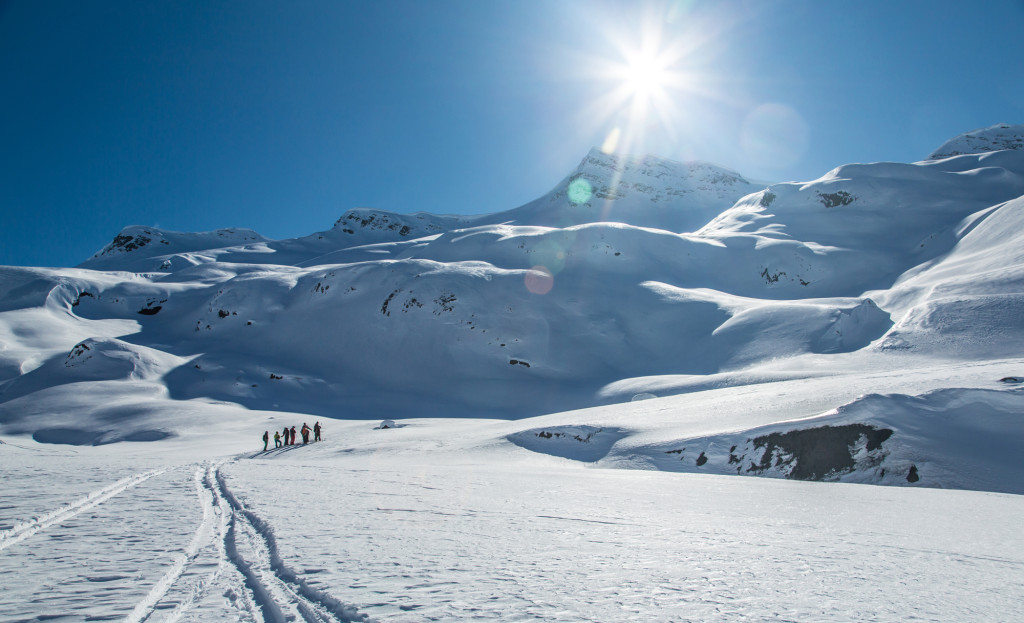
Photo – Steve Rosset
So what should you choose? Difficult question. But don’t despair. The best way to shop around for skis is to demo them. Every ski shop has demos. Grab a pair and see how they ski. It’s one of the great pleasures in life that you can try before you buy in the ski world. So get out there and ski on a bunch of different sizes and shapes of skis. Not only will you be able to get a feel for what you want, you’ll have fun doing it.
Be safe, ski hard.


